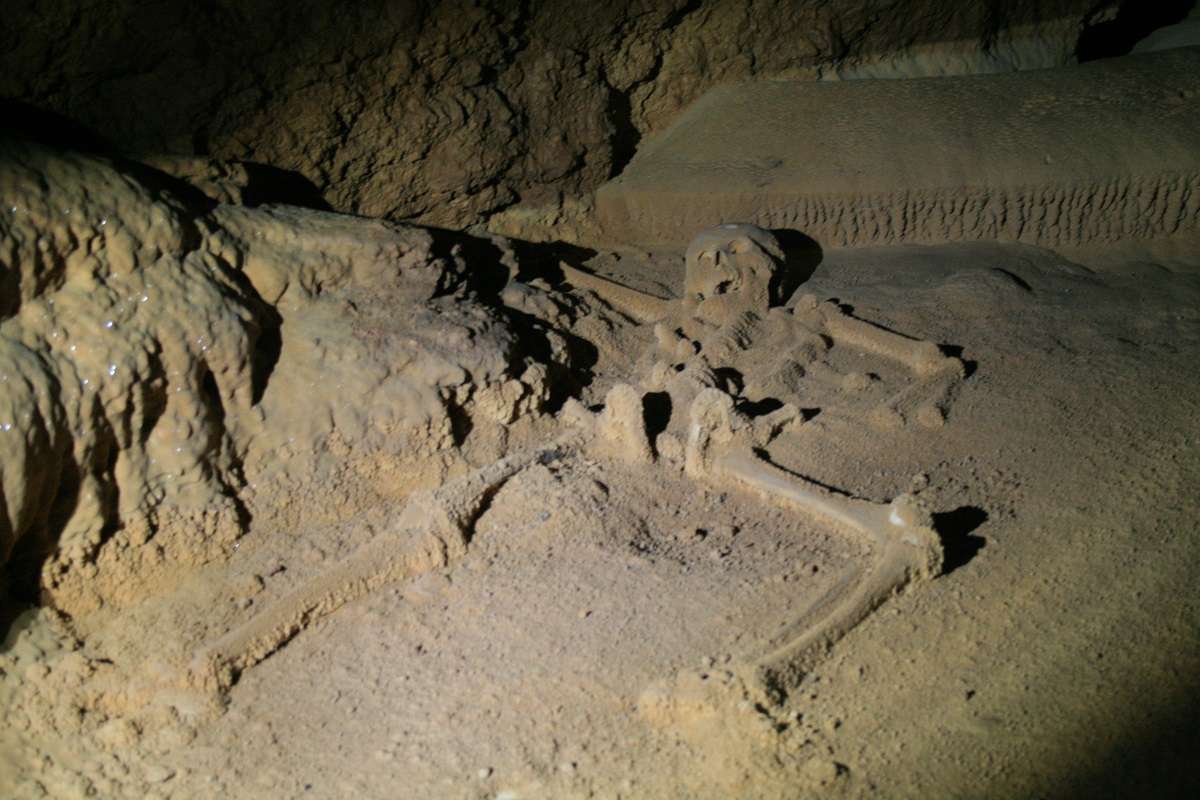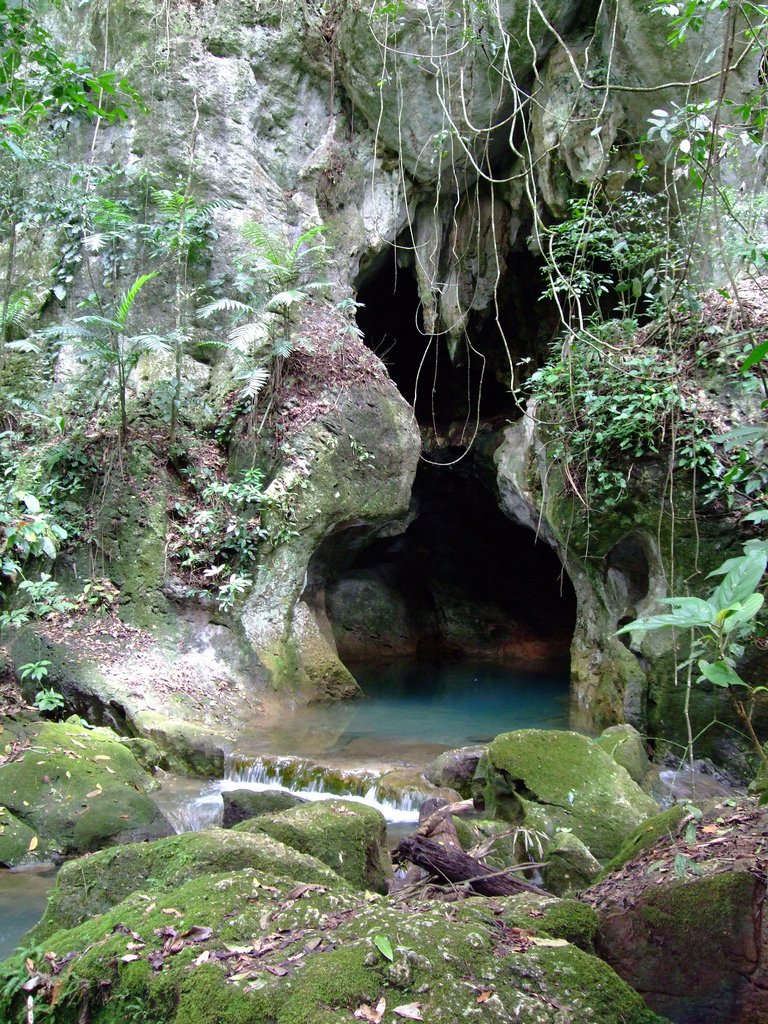ATM Cave in Belize has been listed as National Geographic’s Top Sacred Spot
National Geographic has placed Belize’s Actun Tunichil Muknal cave at the top of a new list of “Sacred Places of a Lifetime”.
Bolstering the little country’s reputation as one of the world’s best destinations for cultural tourism, according to a Lodge at Chaa Creek naturalist guide.
Brion Young, assistant manager of Chaa Creek’s Belize Natural History Centre, said that the acknowledgement, while welcome, was not surprising.
“Belize is one of the world’s richest destinations for Maya archaeological sites, ancient cities, temples and artefacts. But the relatively recent discovery of Actun Tunichil Muknal, or the ATM as it’s known locally, elevated that reputation to new heights. We have so many archaeologists and seasoned travellers telling us that the ATM is an experience of a lifetime that I’m not surprised it topped National Geographic’s list.
“Having said that, it is still wonderful that an organisation as respected as National Geographic regards Actun Tunichil Muknal as the world’s number one sacred cave,” he added.
A recent post on the National Geographic website, taken from their “Sacred Places of a Lifetime” book, lists the top ten caves from exotic destinations around the world, including Ethiopia, Italy, France, Malta, Greece, Sri Lanka and India. Belize tops the list with the description:
“… after visiting Actun Tunichil Muknal (Cave of the Stone Sepulchre), you may feel that you have been through your own epic test. Access to the Maya sacrificial site within the cave involves hiking, wading, and underwater swimming, but nearly a mile (1.6 kilometers) underground you will reach the resting place of the ‘crystal maiden,’ a complete female skeleton that sparkles from eons of crystal calcification. The cave also contains Maya pottery shards, many showing the ‘kill hole’ intended to allow spirits to escape.”
Mr Young said that while the description was accurate, “words alone cannot convey the incredible experience,” of visiting the cave, which startled geologists when they stumbled upon it in 1989.
The cave had a long history of ritual and ceremonies, including those involving human sacrifice to appease the gods. When the Maya were gripped by a long, devastating drought, sacrifices to Chac, the deity associated with rain, increased, resulting in the number of skeletons littering the floors of various chambers, Mr Young explained.

“Unfortunately, the sacrifices didn’t work, as the Maya civilisation continued to collapse up to the arrival of the Spanish Conquistadors, who sealed the Maya Empire’s fate,” he said.
Today, Actun Tunichil Muknal remains much as the Maya left it, with the Belize government allowing only a select few licenced operators to conduct tours under stringent restrictions developed to protect the natural and manmade features of the cave.
Those measures are welcome, Mr Young said, especially with the ATM becoming more popular, having been the subject of a “Ghost Hunters International” television episode and various other articles and media. The recent National Geographic feature will undoubtedly attract more attention, Mr Young said.
“We don’t mind the growing popularity, as long as it’s managed,” Mr Young said, “Greater attention should lead to even more resources to protect the ATM and perhaps discover more of Belize’s hidden underground treasures.
“The Maya were one of the greatest, most advanced civilisations of the ancient world, and as it is part of our shared humanity, we’re happy to preserve and share the remnants of this fascinating civilisation with the world.
“Besides, with so much of Belize still under pristine rainforest canopy, ATM is probably just the tip of an iceberg of undiscovered treasures,” he added.
